How To Brush Your Hair The Right Way: Tips For Wet & Dry Hair
Master the skill of brushing your hair and let your locks speak volumes.
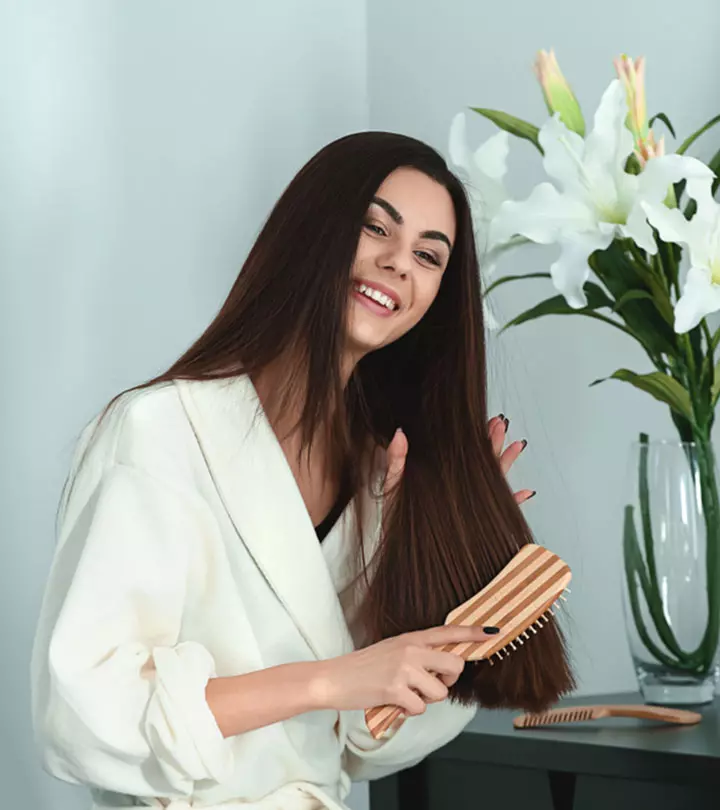
Image: Shutterstock
Brushing your hair looks simple as it is a part of your routine. But do you brush your hair the right way? How you brush your hair has a major impact on its health and texture. Improper brushing can lead to hair breakage, split ends, more tangles, and hair fall. However, there is a way to detangle those knots and improve your hair appearance. This article explores the right techniques for brushing your hair, their benefits, how often you should brush your hair, and the types of brushes suitable for your hair type. Keep reading.
In This Article
How To Brush Hair The Right Way
Brush from the bottom up. Start a few inches off the bottom and slowly work your way up to the scalp. Divide your hair into small sections and use short strokes to get rid of knots and tangles. Once your hair is tangle-free, you can run the brush from the scalp to the tips to help distribute the natural oils along the length of the hair.
However, the same technique cannot be used for wet and dry hair. Find out the right way to brush wet and dry hair in the following sections.
Key Takeaways
- Wet hair will be more fragile and prone to breakage. Brushing wet hair leads to hair fall.
- Brushing dry hair is not an issue as it is less susceptible to breakage. However, you can comb it only if your hair is not curly.
- Brushing hair improves blood circulation, enhances hair quality and strength, reduces build-up, and boosts shine.
- However, repeated brushing may cause hair damage. It is best to brush your hair a maximum of two times a day.
Brushing Wet Hair
Avoid brushing your hair while it is wet. Wet hair is fragile and more prone to hair fall and breakage. Apply conditioner and serum to the hair and use a wide-toothed comb to distribute the product evenly. This process removes tangles and reduces the need to brush the hair when it is wet. Here’s what you need to do:
- Detangle: Detangle the hair by applying a hair mask twice to thrice a week. This product softens the hair. Once it is slick, start with combing through it with your fingers alone. Follow with a wide-toothed comb.
- Wait Until It Is Dry: After washing, air dry your hair for 10 minutes. Do not comb while it is dripping wet as the strands are fragile and might lead to hair loss.
- Use Your Fingers: If you have curly hair, using a comb or a brush can damage the hair and cause breakage. Hence, use your fingers to gently detangle it and prepare it for styling.
- Brush Gently: Start brushing from the ends and work upwards, using short strokes. Repeat this process until your hair becomes smooth enough to slide the brush through its length.
- Use Specific Tools: There are several tools designed for combing wet hair. Brushes with thin bristles and a floating cushion create a barrier between the scalp and brush. They are gentle on the hair and do not cause breakage due to harsh pulling.
 Pro Tip
Pro TipBrushing Dry Hair
Dry hair is less susceptible to damage. However, it can be combed only if it is not curly. Curly hair, when dry, should be brushed only after shampooing. You can also use hair detangling and smoothening products to moisturize the hair.
The best part about brushing dry hair is that you have a variety of options. If your hair is wavy or straight, go for a paddle brush with soft bristles to remove the knots without snagging the hair. Oil your hair and run a paddle brush through it to add a natural shine.
The brushing technique also depends on the hair type and texture. Scroll down to the next section for more details.
How To Brush Different Types Of Hair
- Straight Hair: If your hair falls flat from top to bottom, you have straight hair. Brush softly from the ends and work your way up to the top to get rid of tangles.
- Wavy Hair: Wavy hair is usually straight towards the scalp and has a bend towards the middle and ends. You can use a natural bristle brush or a vented brush to brush wavy hair.
- Curly Hair: Curly hair has ‘S’ pattern spirals and is frizzy and prone to tangles. It is best to avoid using a brush on dry curly hair. Use your fingers to apply a leave-in conditioner, gel, or detangler and slide through the tangles easily.
- Coily Hair: Coily hair has a ‘Z’ pattern and is coarse, rough, and prone to breakage. It should not be brushed unless shampooed. Use a smoothening serum after hair and use a wet brush to spread the product evenly.
Apart from detangling your hair, brushing it offers a host of benefits. Check out the next section to know what they are.
What Are The Benefits Of Brushing Your Hair?
- Stimulates Scalp Blood Circulation And Improves Hair Quality: The bristles of the brush offer a gentle massage to stimulate blood circulation to the scalp. This, in turn, increases the supply of nutrients to the hair follicles, strengthening the hair and enhancing its health.
- Imparts Shine: Brushing your hair distributes the natural oils from root to tip, ensuring healthy and shiny hair.
- Reduces Buildup: Brushing also helps eliminate product buildup, dry and dead skin cells, and other impurities from the scalp. It loosens the gunk, making it easier to wash off.
- Makes Styling Easy: Brushing your hair aligns your strands in the right direction and makes hairstyling a breeze.
Now that you know the benefits, check out the next section to understand which hair brush you should use for your hair type.
What Type Of Brush Is Best For Your Hair?
- Short: If you have short hair, a vented brush is your best bet. It has holes to allow the air to pass through and makes the drying process easier.
- Long: Paddle brushes are best for long hair as they help you brush through large sections of hair at once.
- Fine Or Thin: For fine hair, boar bristle brushes work best.
- Thick: If you have thick hair, a brush with a larger surface area and a mix of nylon and boar bristles is the best choice. While the nylon bristles detangle the hair, the boar bristles distribute the natural oils across the length of the strands. You can also go for a paddle brush with nylon pins.
 Pro Tip
Pro Tip- Straight: Paddle brushes are best for straight hair.
- Curly: If you have curly hair, go for a detangling/wet brush.
So these were some commonly used hair brush types and how they are used. If you are wondering how often you need to brush your hair, scroll down for the answer.
How Often Should You Brush?
According to hair experts, you should not brush your hair more than twice a day. Repeated or excessive brushing can result in severe damage and breakage.
The twice-a-day brushing routine stimulates the oil glands without overworking them. If your hair is dry and long, brush it around three times a day. Long hair is prone to tangles, which need to be cleared daily for the better secretion of natural oils. If you have curly hair, brush once a day or only after shampooing.
Brushing your hair the right way can have a huge impact on your hair health. It stimulates blood circulation, reduces product buildup, and improves the overall appearance of your hair. Choosing the right hairbrush and incorporating a dedicated brushing session twice a day in your daily hair care routine can help keep your hair detangled and evenly distribute the natural oils across the length of your hair, keeping them shiny and healthy. But remember, experts recommend brushing your hair not more than twice a day since excessive brushing can result in hair breakage and damage. So be mindful and give your hair the pampering it deserves.
Frequently Asked Questions
Is it good to brush your hair backward?
Yes. Brushing hair back and flipping your head upside down while brushing can help increase blood circulation to the scalp, possibly stimulating hair growth.
Is brushing better than combing?
It depends on your requirements. For example, a comb is ideal if you want to detangle wet hair, while a brush works great for styling, massaging the scalp, and removing buildup.
Does combing hair upwards cause baldness?
No. Combing your hair upwards does not cause baldness if you do it right. You should use a good-quality, smooth comb and be gentle on your hair while combing.
Watch the following video to master the art of proper hair-brushing techniques. The video shares a step-by-step guide on brushing your hair correctly to help you discover the right methods to untangle knots and maintain healthy hair.
Read full bio of Dr. Shruti Chavan
Read full bio of Arshiya Syeda
Read full bio of Anjali Sayee
Read full bio of Swathi E






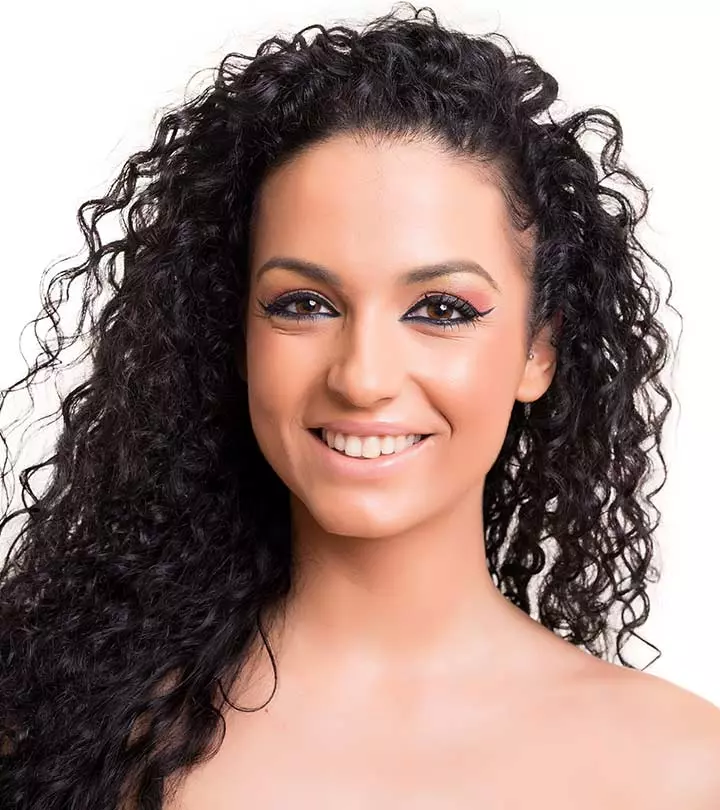
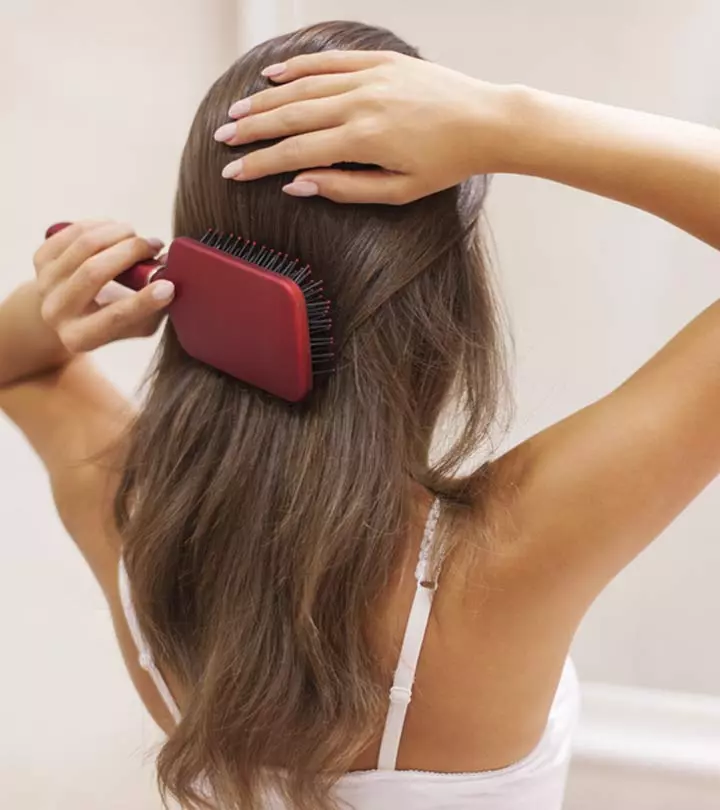



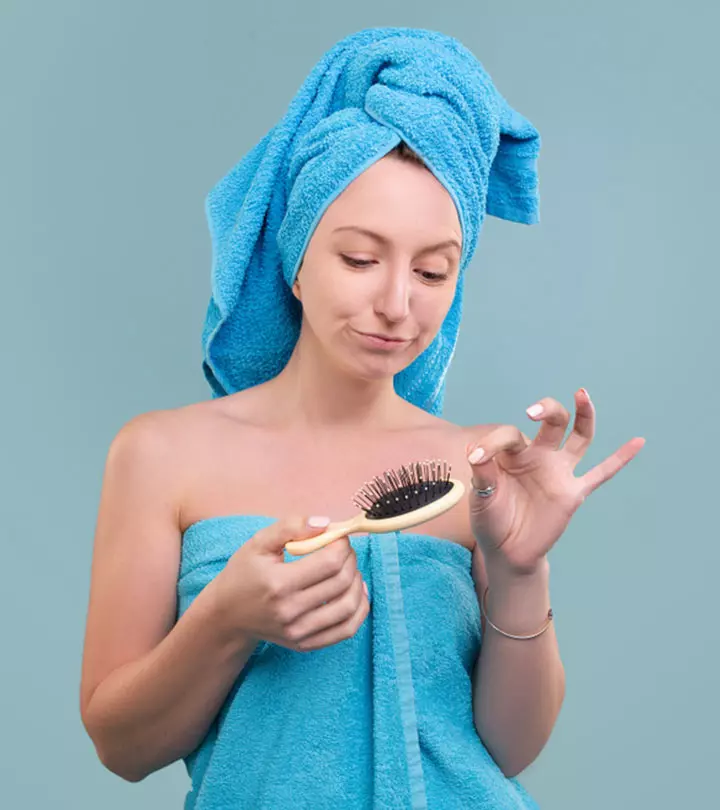
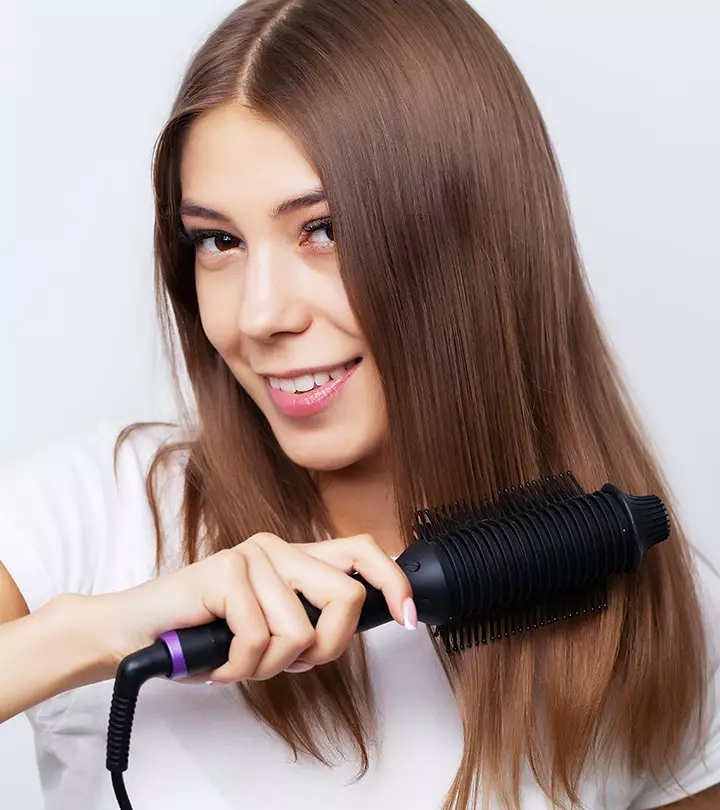
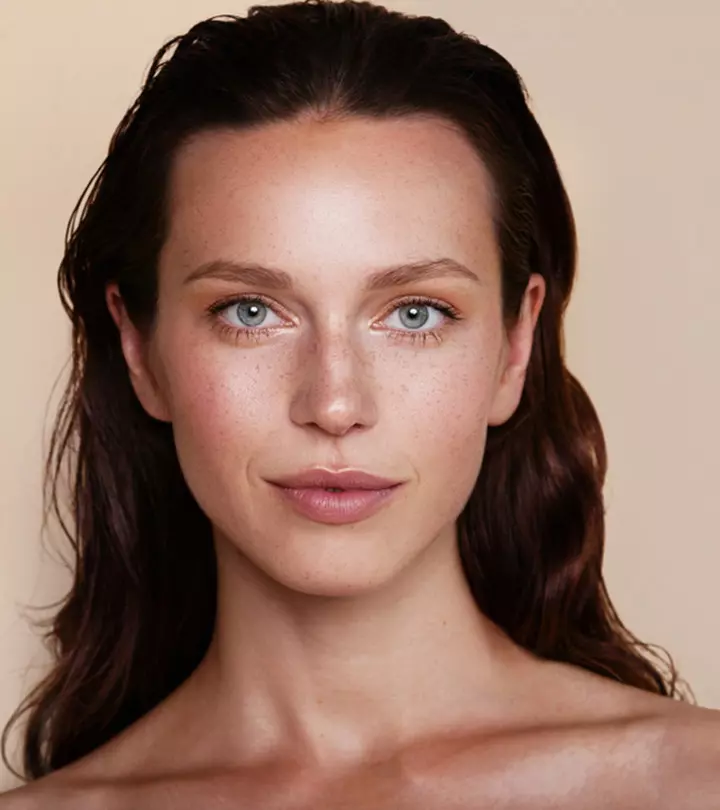



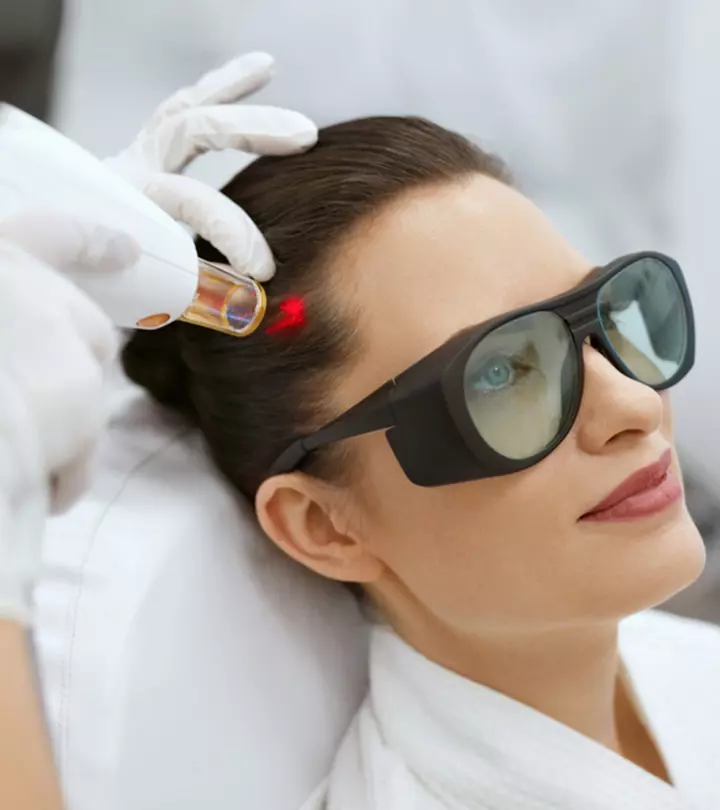
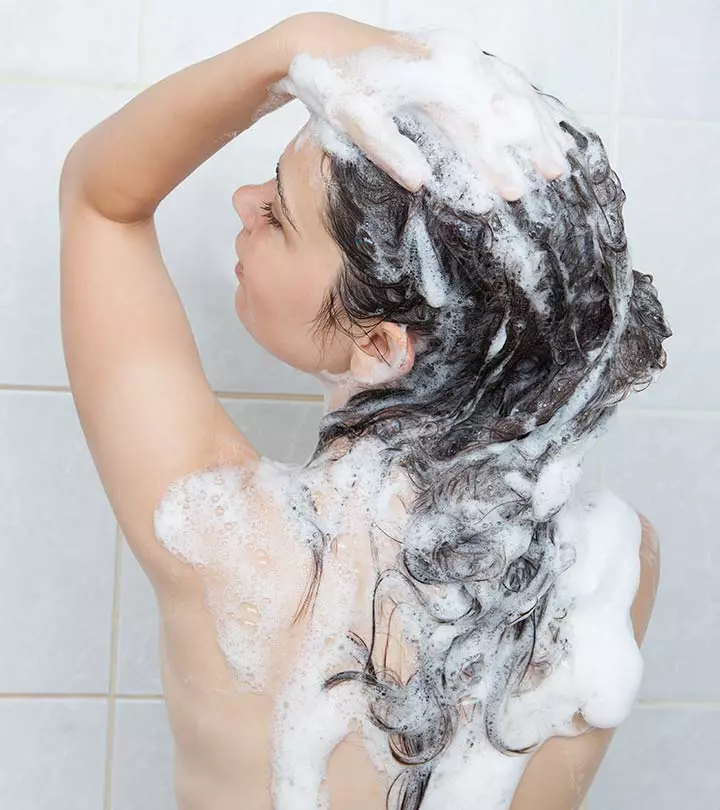
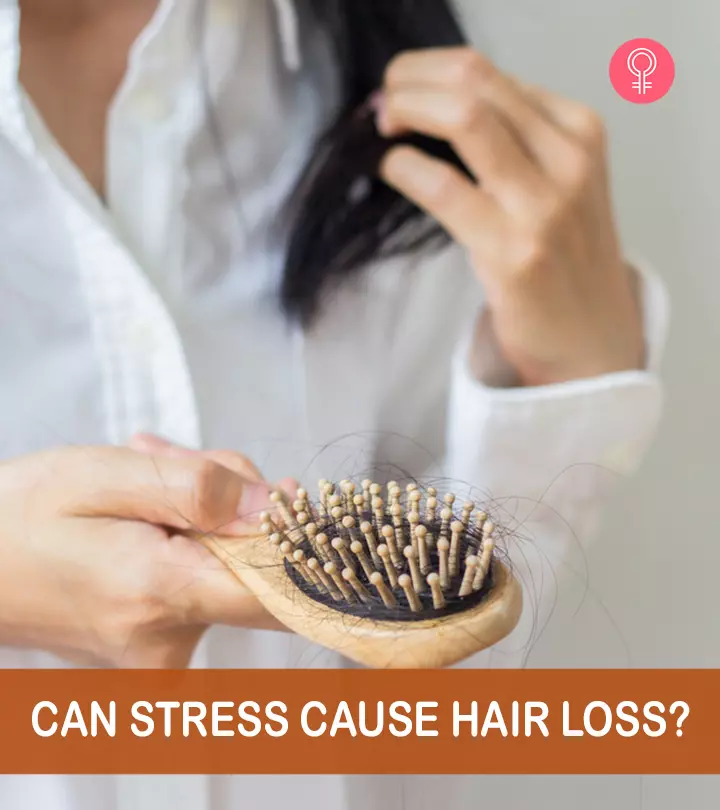
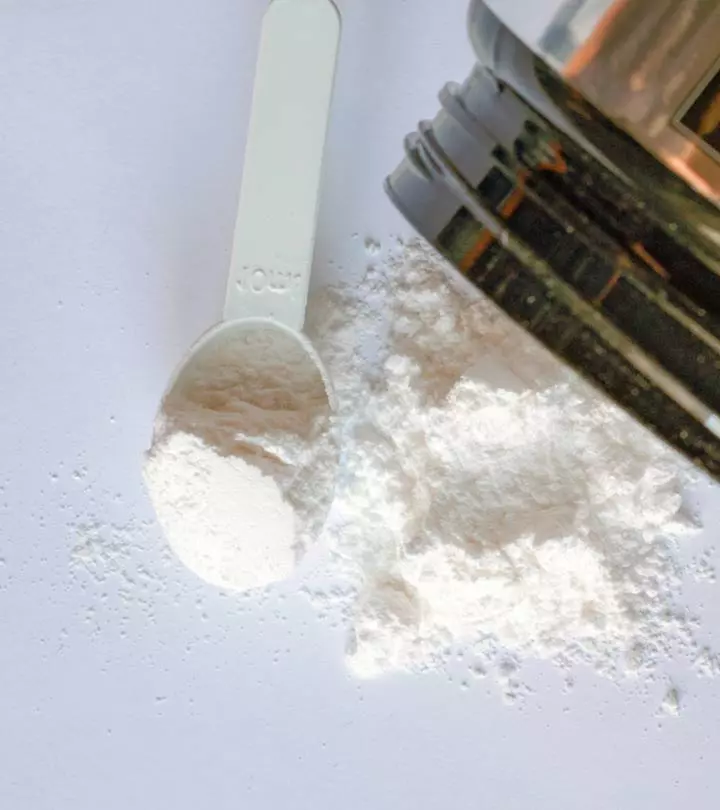
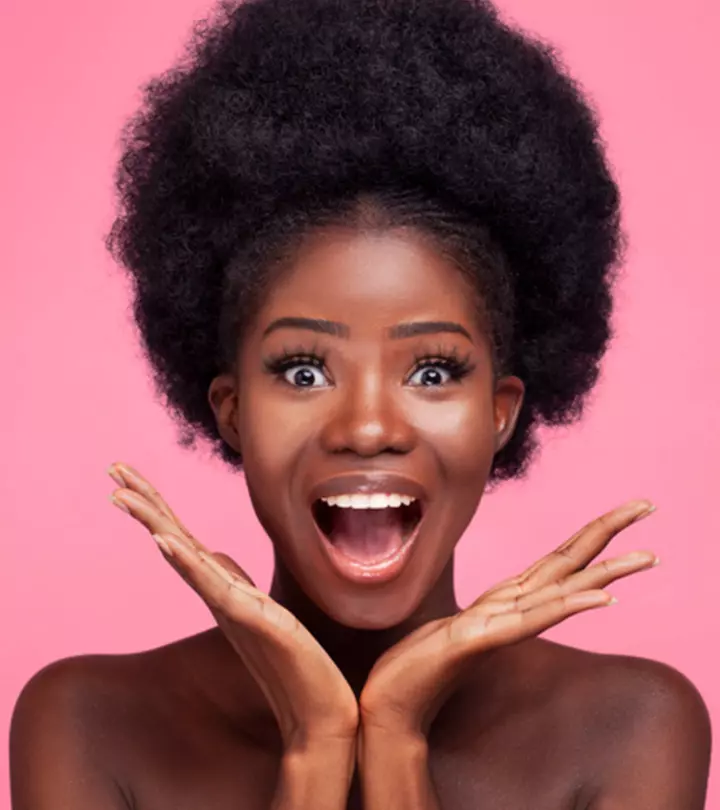
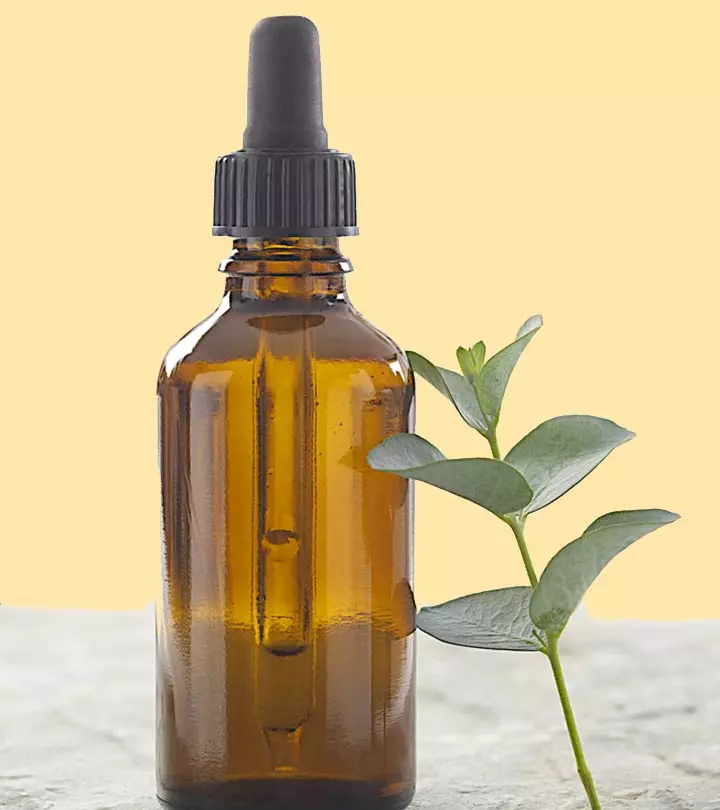
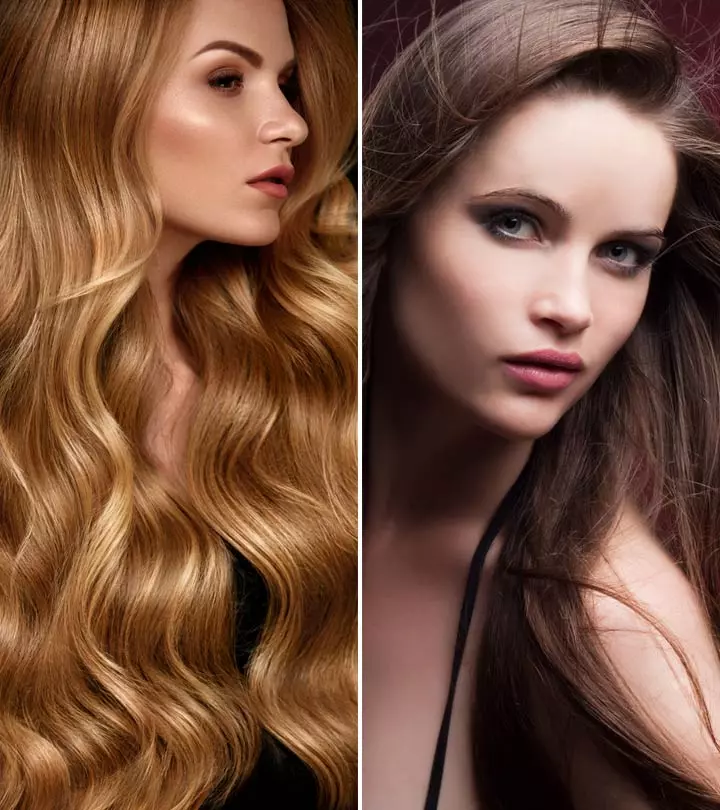

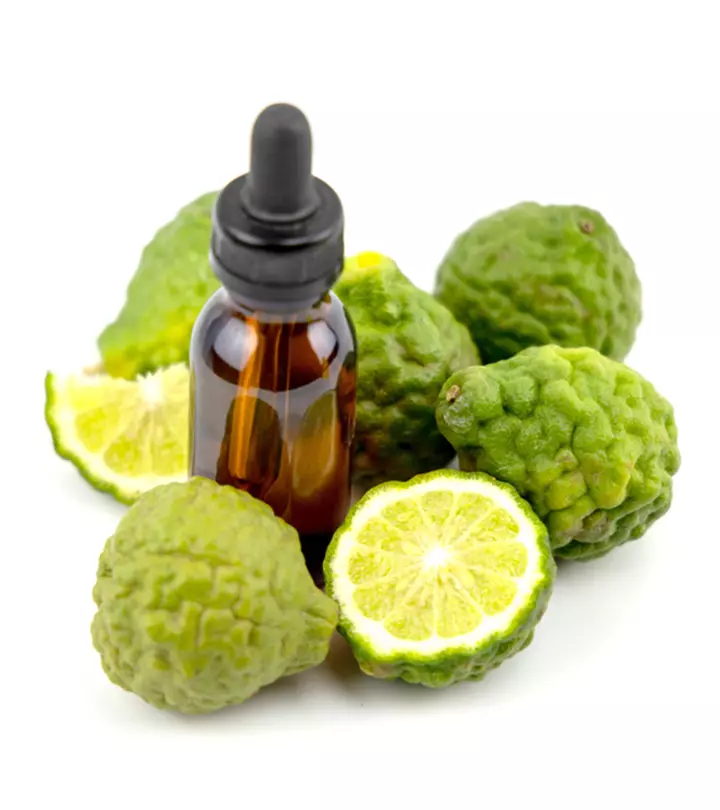
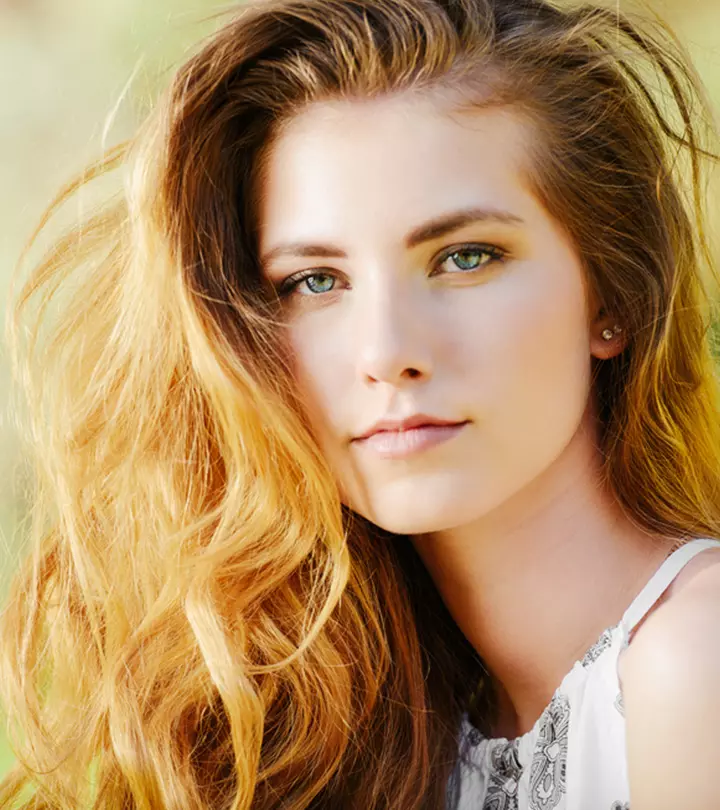
Community Experiences
Join the conversation and become a part of our empowering community! Share your stories, experiences, and insights to connect with other beauty, lifestyle, and health enthusiasts.